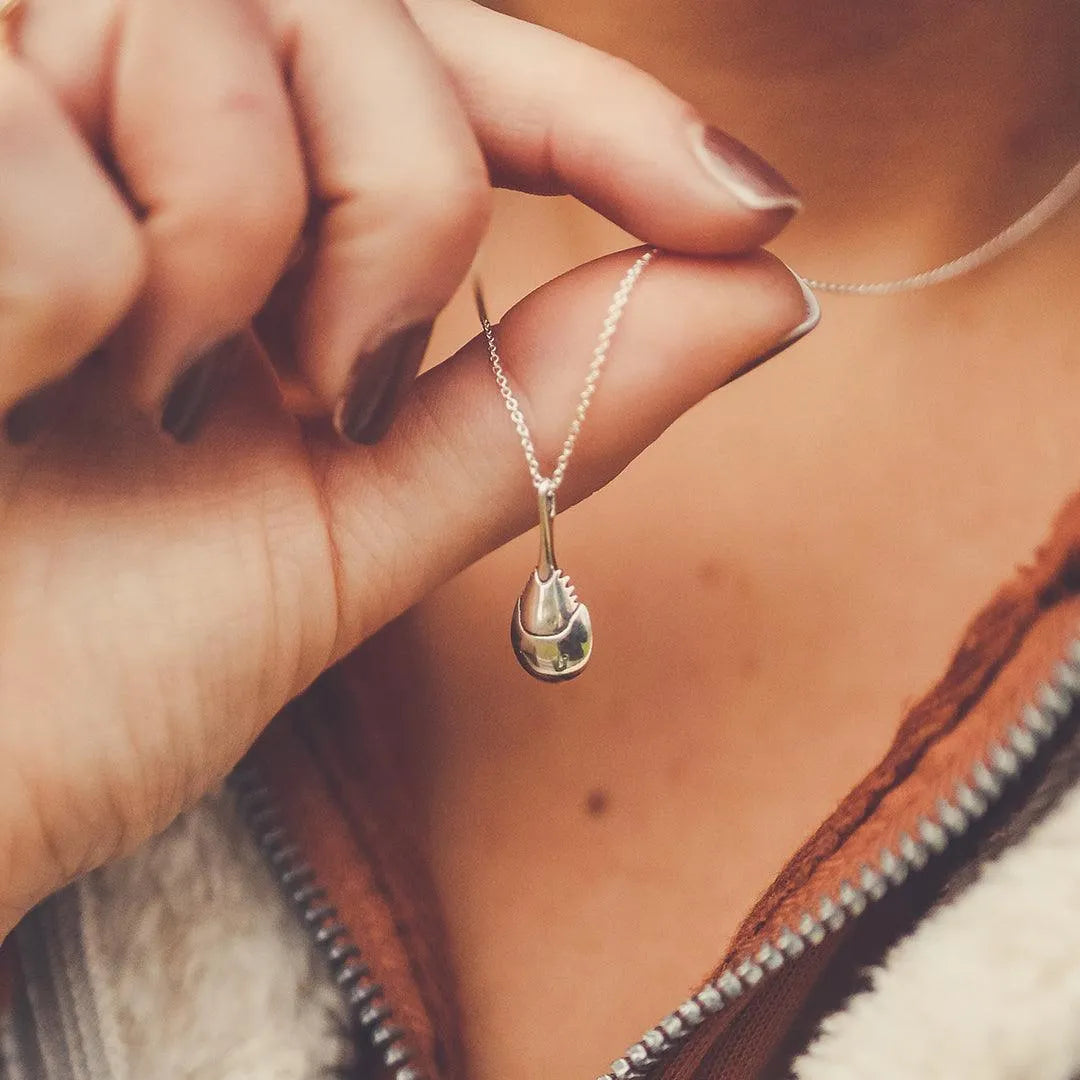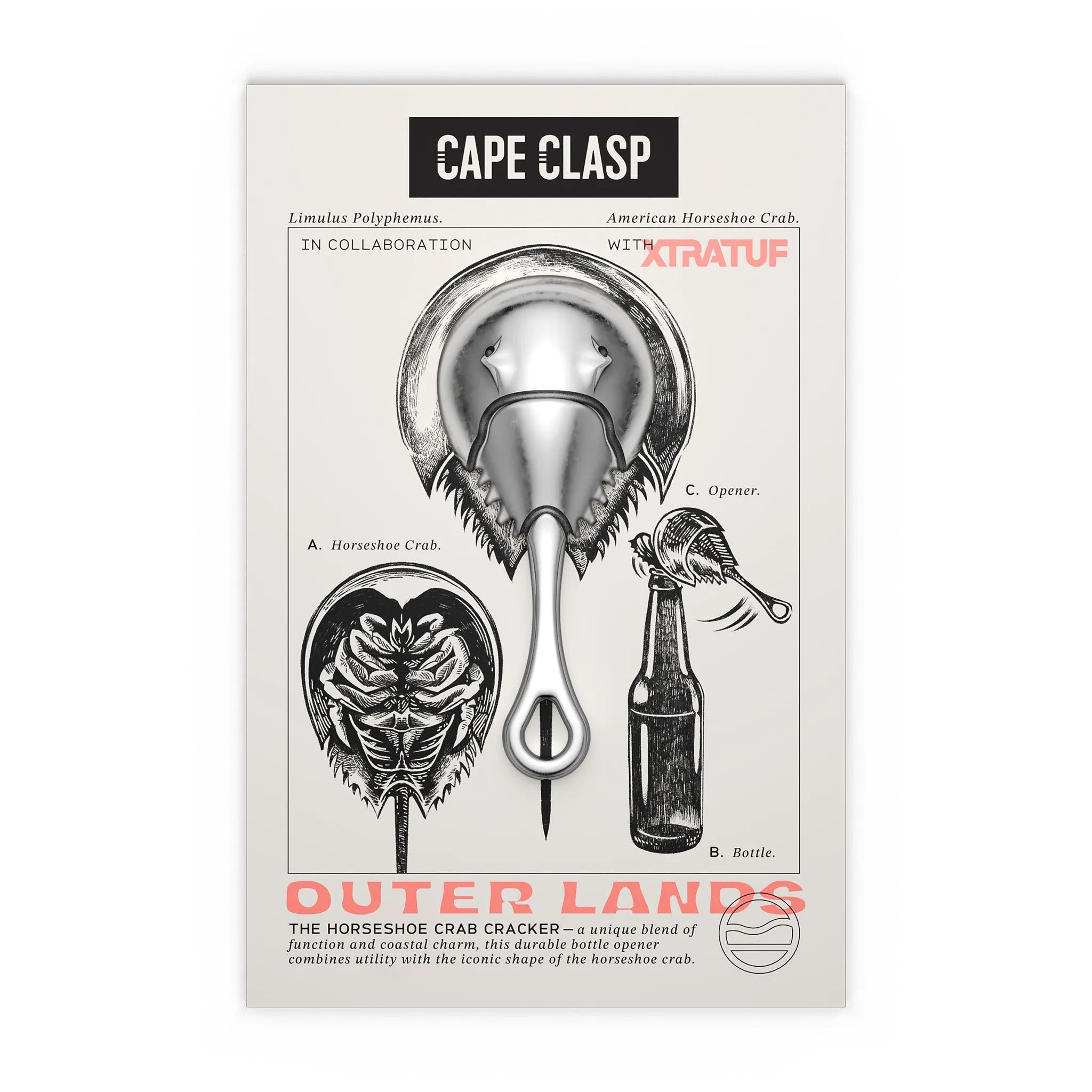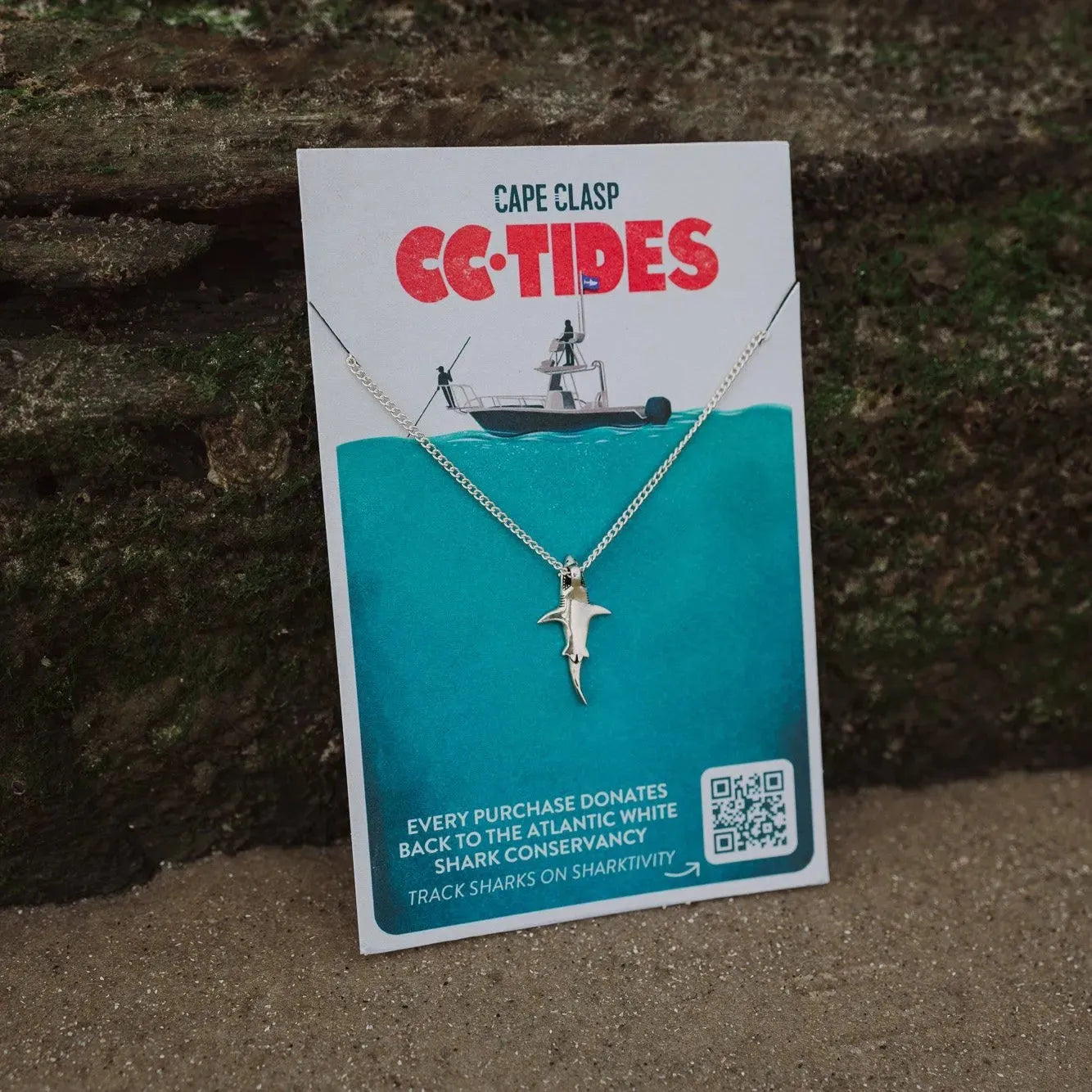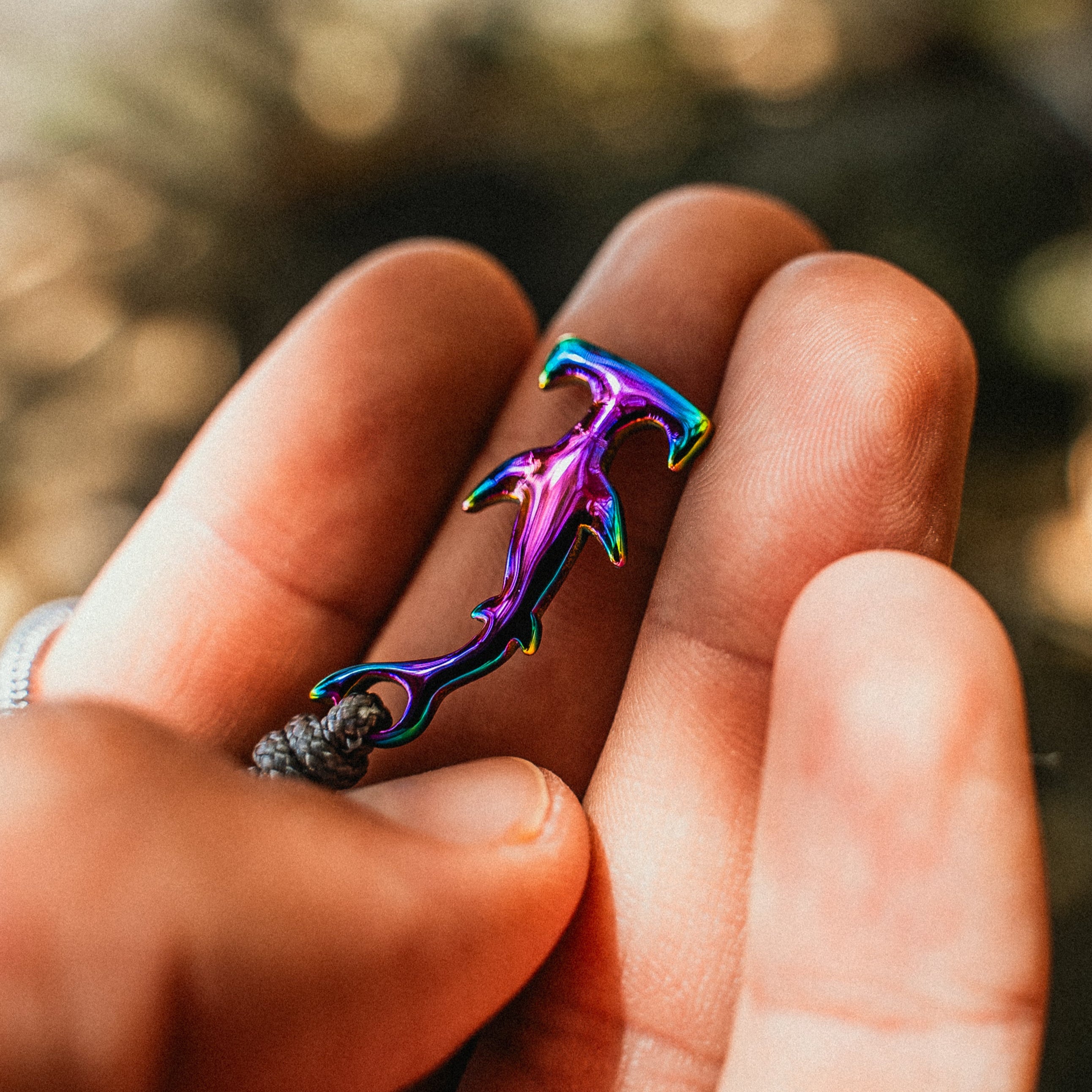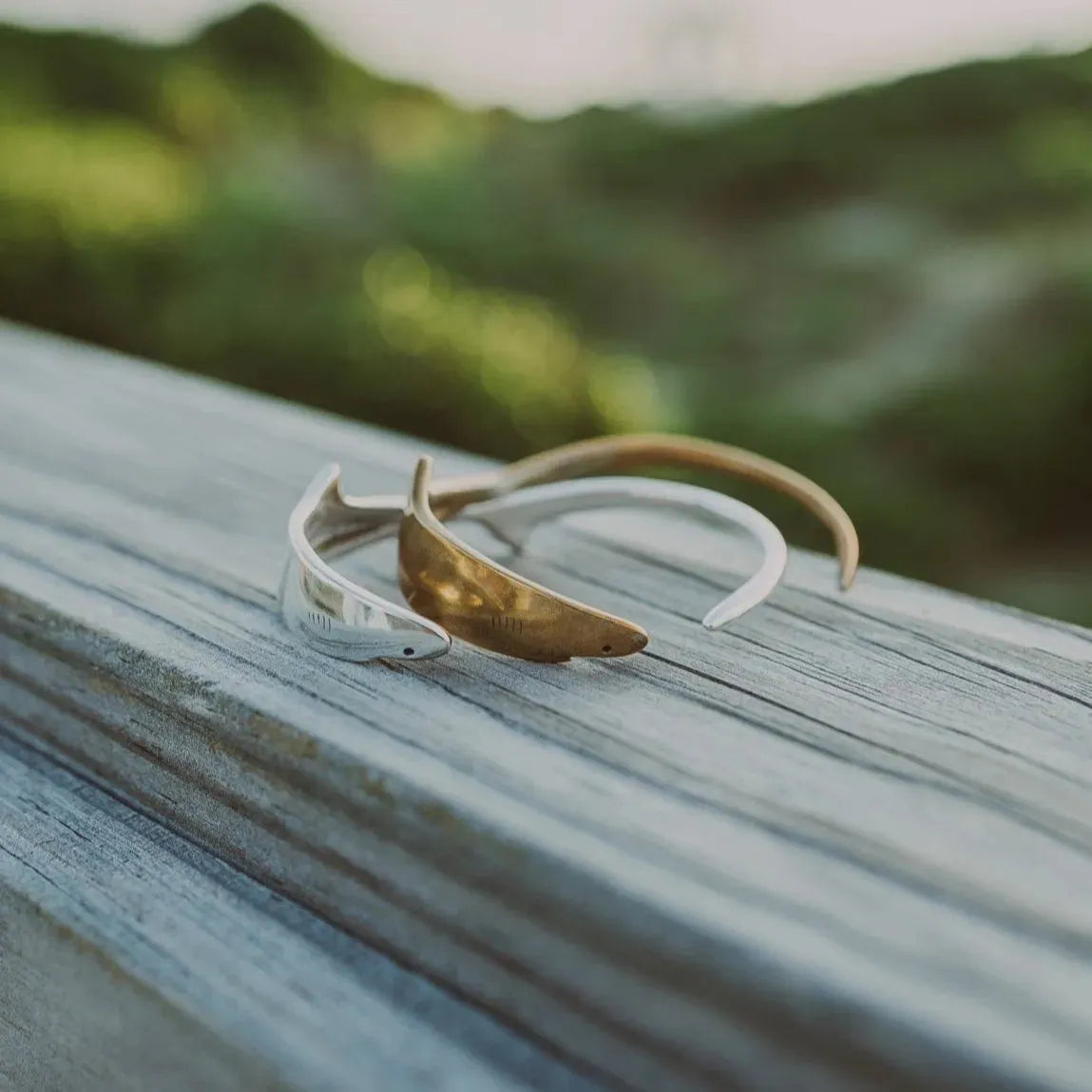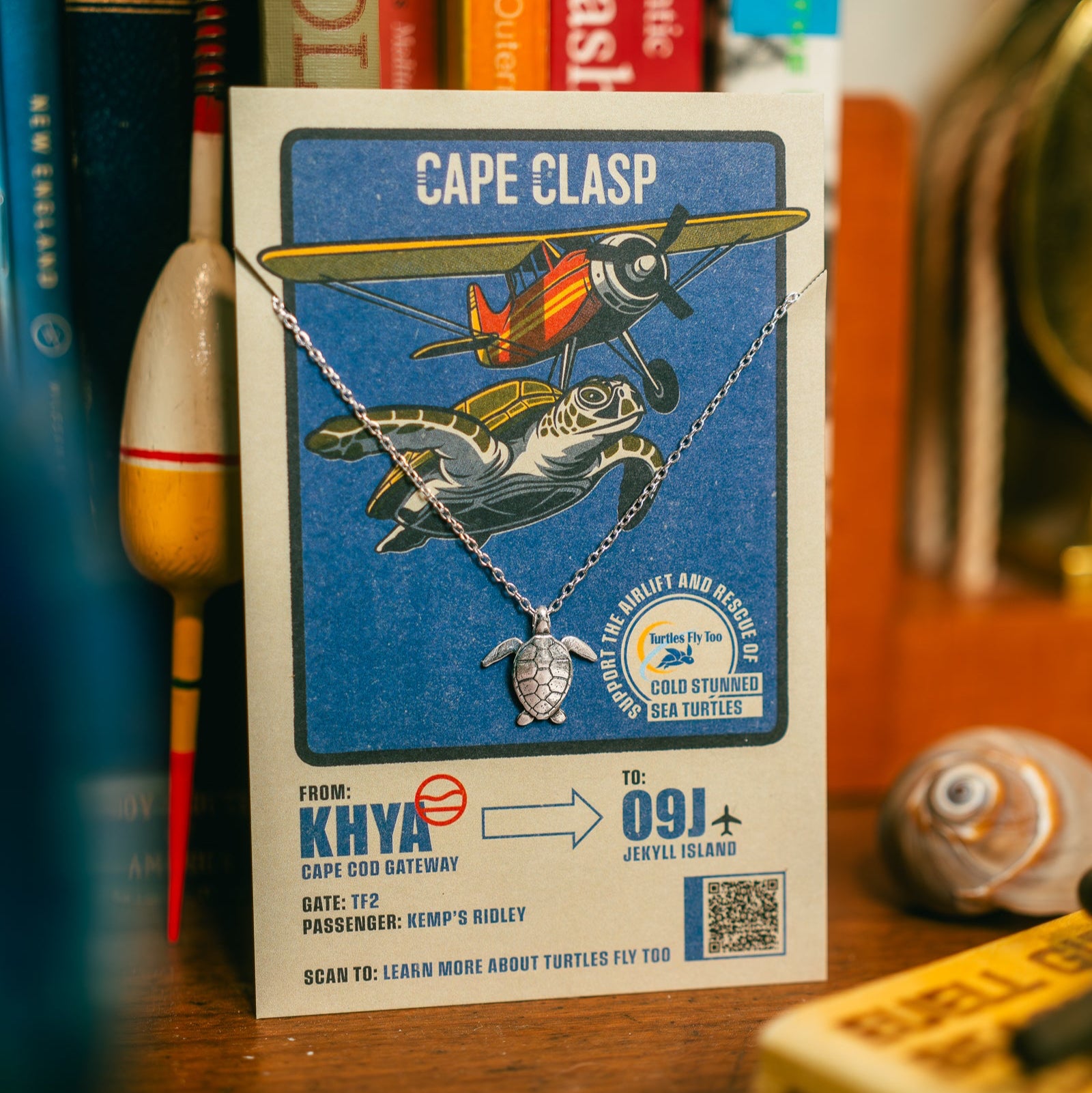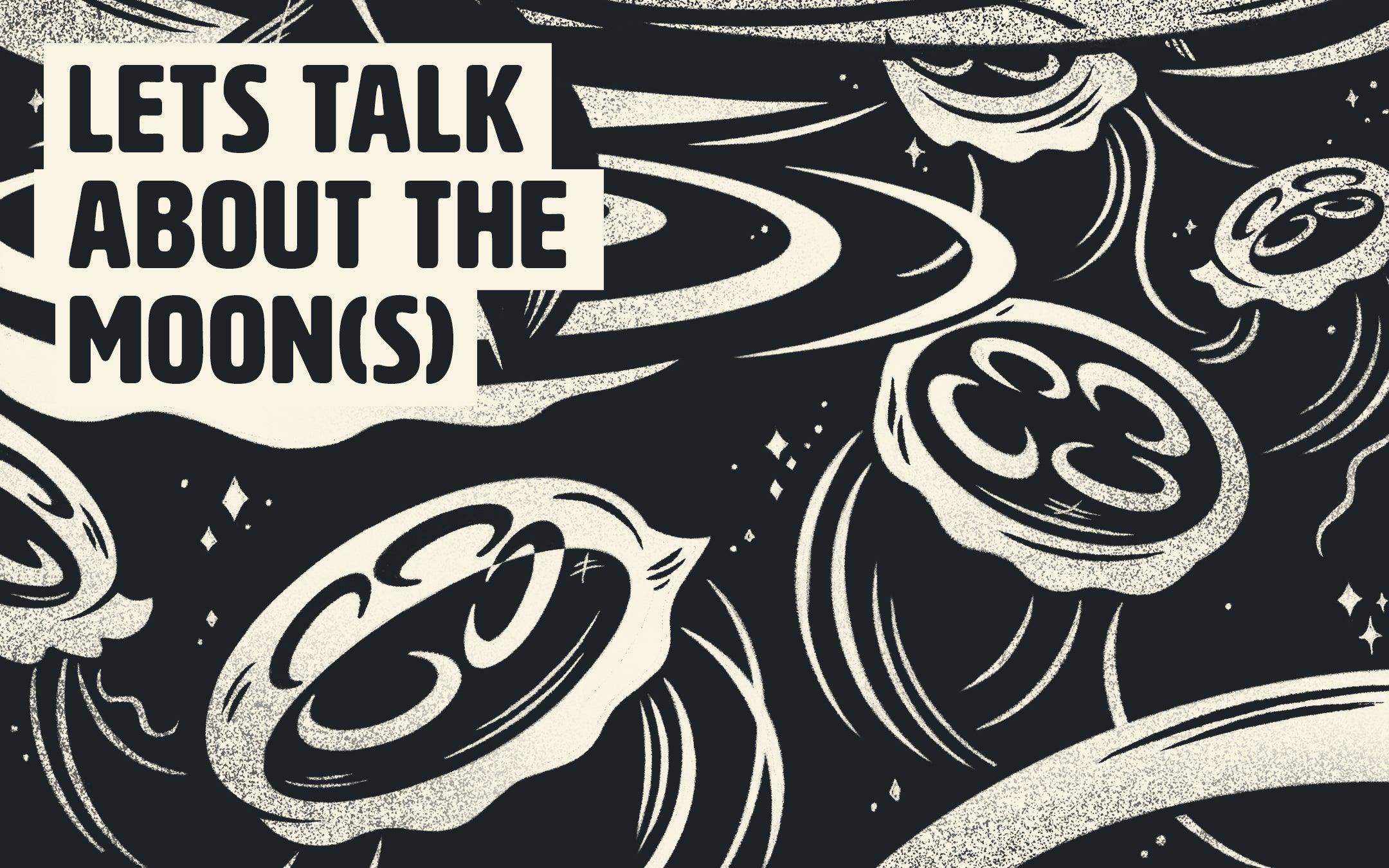
Let's Talk About the Moon(s)
Moon Jellyfish
The Moon Jelly gets its name from their short tentacles and translucent moon-like bell. (A jellyfish’s bell is the portion of their bodies that contract and relax to help them move through the water.) With these tentacles, they deliver a sting to their prey (mostly zooplankton and mollusks), through their tentacles and can sting humans. But don’t worry, the sting is only a mild discomfort and can produce a rash that disappears over 2 - 3 hours.
In 1991 aboard the spaceship Columbia, 2,500 moon jelly polyps and ephyrae (two early stages of jellyfish life cycle) went into orbit! They prefer to live in coastal waters, close to the surface, for the sunlight. This is why when you walk a beach after a storm or when it’s low tide, you may see moon jellies washed ashore!
According to the National Aquarium, due to the ocean being out of balance from climate change and sea creatures like the sea turtle dwindling in numbers, large jelly blooms are becoming more common. With jellyfishes living in water and being 90% water themselves, it’s safe to say that the moon and its tides have quite the impact on our watery friends!

The Moon and Tides
A lot of us probably remember learning in grade school about how the moon affects the tides… but I assume a lot of us forgot the nitty-gritty details of the HOW. Let us refresh your memory:
The moon’s gravitational pull on the Earth, and the Earth’s rotation are the two main players in the high and low tide game. The side of the earth that is closest to the moon experiences the moon’s strong gravitational pull, causing the sea to rise in that location, aka: high tide. (Think of the water being one end of a magnet, and the moon the other.) The opposite side of the Earth (that’s not facing the moon), will experience low tide.
Another way to think of it is this: the moon, with its strong pull, wants the Earth to move in closer than it is, causes something called the tidal force. The tidal force causes Earth (and its oceans) to bulge out. Where do the bulges happen? On the side of the Earth facing the moon! And what are those bulges? High tides!

What do you get when you mix the Moon, its tides, and Moon Jellies? One heckuva (watery) atmosphere!
You can check out how to help protect jellyfish and their sea friends by checking out our non-profit partners and shopping our limited edition Tides apparel collection (15% of each sale goes back to one of those NPOs)!

